Besides the cool air, what we like most about having air conditioning in Abington is that we don’t have to do anything to still live in a cool climate when it’s boiling outside. With programmed thermostats adjusting the temperatures automatically, we don’t even have to turn it on.
Therefore, it is very inconvenient (not to mention uncomfortable) when our unit misbehaves and forces us to pay attention. Our first inclination, suddenly over-heated, may be to call for help, but often the expensive repair can be accomplished easily or avoided completely by checking the drain line that may be clogged.
When it gets more complicated, it is important to consult an Abington air conditioning professional.
Air Conditioning 101
Air conditioning is a process which involves the rapid evaporation and condensation of chemicals called refrigerants, compounds that have properties allowing them to change from liquid to gas and back again at low temperatures.
Simply stated: when the liquid evaporates and transforms into gas it absorbs heat. Compressed tightly together again, the matter condenses back into liquid with a residue of unwanted moist heat that must be released to the outdoors. Over the course of handling the air to cool it, air conditioners are able to filter dust and dehumidify the air as well.
Annual Service
Air conditioning units are designed to last for a decade or two of virtually trouble-free comfort, so long as they are maintained regularly. A service contract with a reputable company ensures reliable maintenance and establishes a relationship so that if anything should go wrong, your call for help will be at the top of the list with a mechanic who likely knows the details of your particular unit.
You annual maintenance visit will include all of the following minimal tasks:
- a check for the correct amount of refrigerant in the system;
- a pressurized system test for any leaks using an actual leak detector tool;
- a controlled evacuation and disposal of any excess refrigerant instead of an illegal toss in the dumpster;
- a check for and seal of any duct leakage within the in central systems;
- a measure of air flow through the evaporator coil;
- a verification of the correct electric control sequence, making sure the heating and cooling systems cannot operate simultaneously;
- an inspection, cleaning and maintenance of the electric terminals and applying a non-conductive coating if necessary;
- a check of all belts for tightness and wear;
- a check for oil in the motors;
- a check for the accuracy of the thermostat.
To schedule your appointment today, give Carney Plumbing, Heating & Cooling a call!

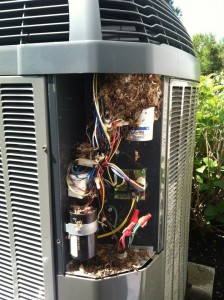 Be sure to schedule your spring
Be sure to schedule your spring 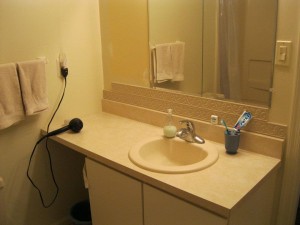
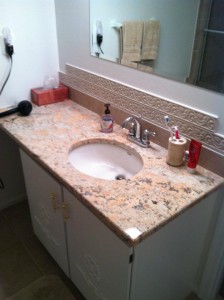
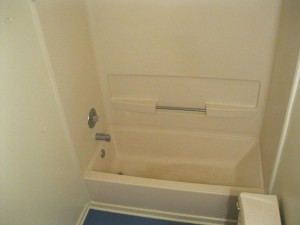
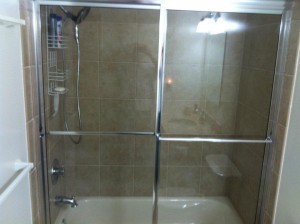
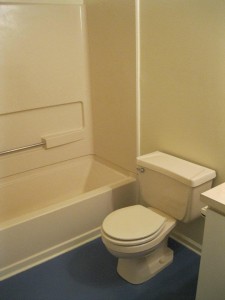
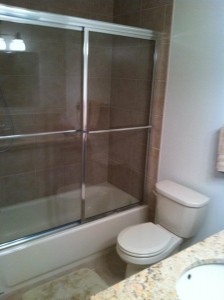

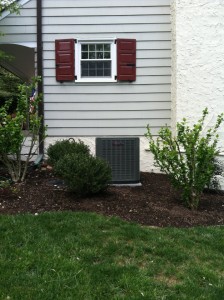 Get
Get